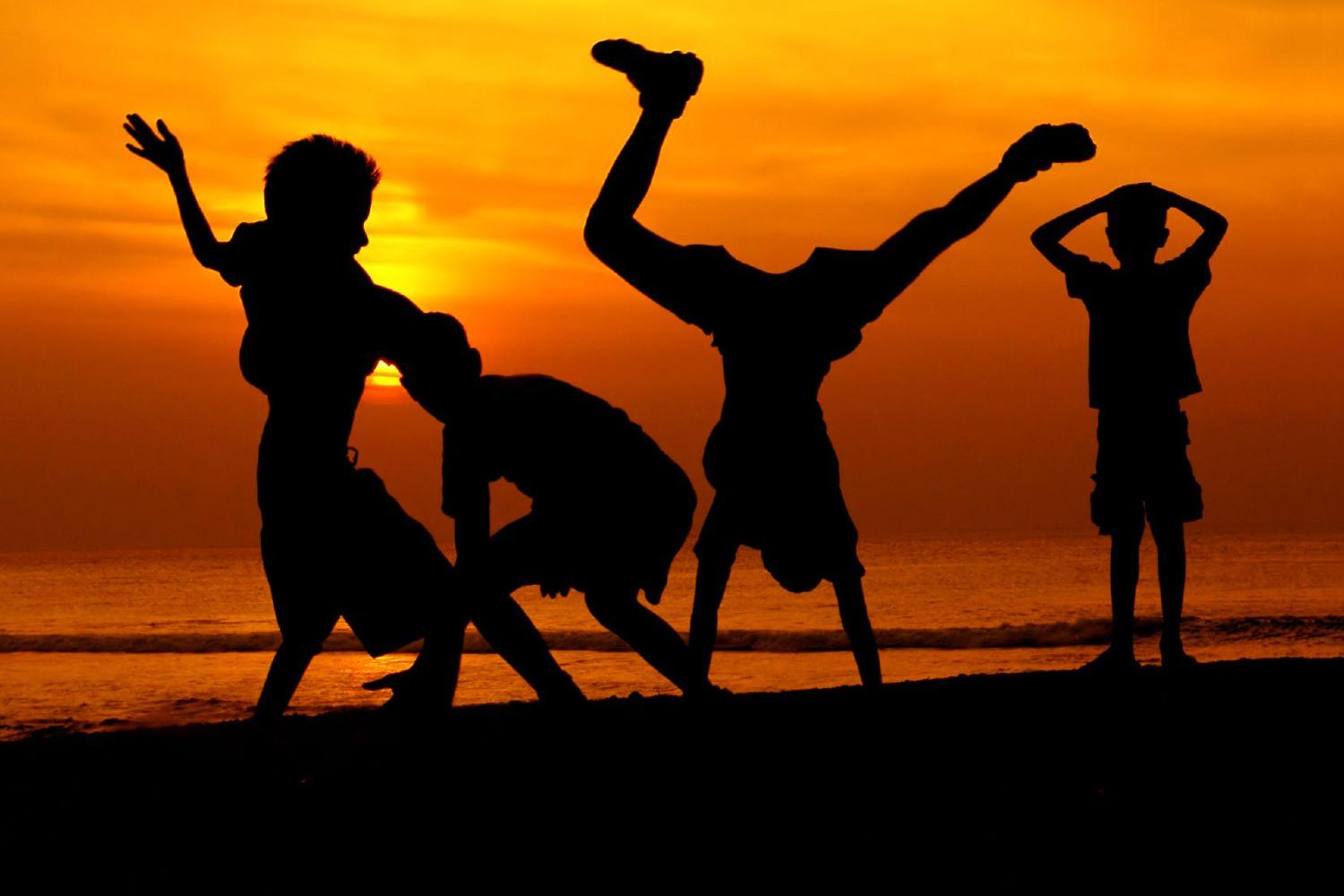Silhouettes can make for some truly stunning photos. By rendering the subject completely black, you can do away with the distractions of colour and detail, leaving a simple yet powerful shape on a vivid backdrop.
The most eye-catching silhouette photos are those with a brightly coloured and interesting background. Sunrise and sunset provide excellent silhouette lighting, with the clouds adding texture and interest to the sky. It is also possible to get some great silhouettes against harsh sunlight, or even artificial lighting.
Metering and exposure play a large part in silhouette photography, and can make or break a shot. Learn how to control them effectively so that your photos come out as bold and striking as you intended.
The brighter the background, the more your silhouetted subject will stand out. Image by Nattu.
Meter for the Background
When determining your exposure time, you need to take a reading from the bright background rather than the foreground. If you meter for the foreground, you'll end up with a properly exposed subject and an over-exposed background - the exact opposite of what we're aiming for.
Don't Forget to Focus
When photographing silhouettes it can be surprisingly easy to become so concerned with finding a good position and composition that we forget to focus our shot. Focusing on the silhouetted subject is essential, because a good silhouette should show the subject in crisp, sharp detail. Shooting in manual mode is essential because our focusing and metering will come from different places.
In silhouette photography, all detail is derived from the subject's edges, so it's essential they're in sharp focus. Image by Matthijs Rouw.
Don't Merge Silhouettes
When composing your shot make sure that you don't overlap silhouetted objects in a way that will make them merge together. They might look well separated to the naked eye, but when they are rendered in pitch black in the final shot it can be difficult to distinguish one object from another. Moving your camera just a few centimetres is often enough to avoid this problem, so keep it in mind at all times.

